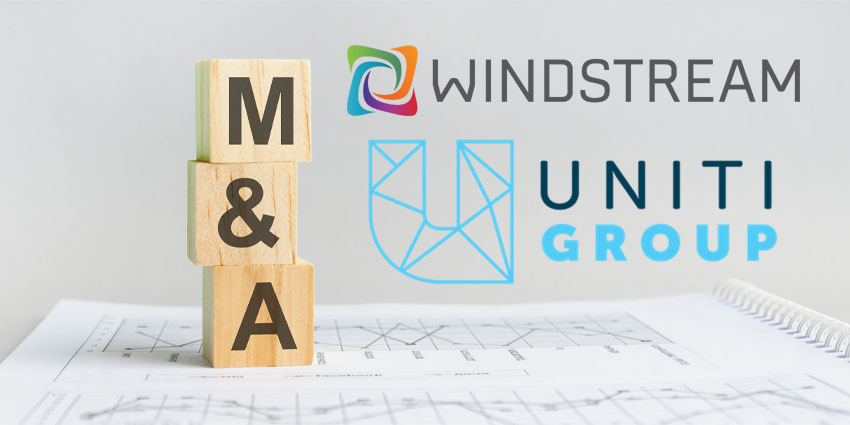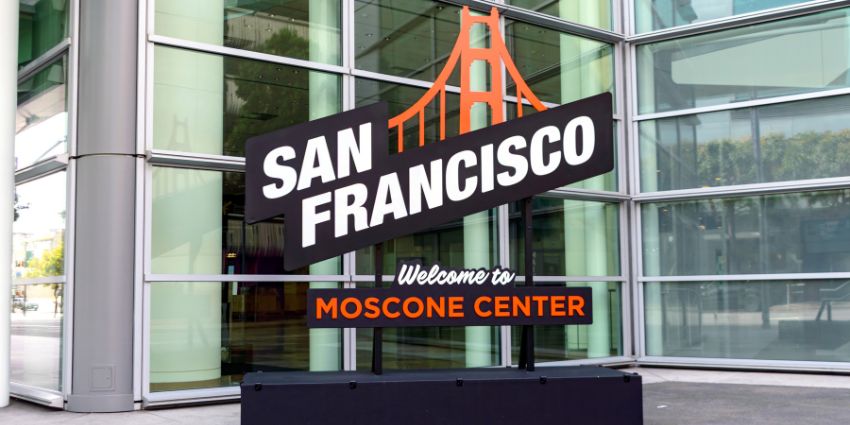Uniti has officially swallowed Windstream, potentially moving the telecoms dial.
As of August 4, 2025, the two companies, once entangled exes after Uniti’s 2015 spin-off from Windstream, are now back under one roof, this time with Uniti calling the shots following a deal worth a reported $13.4 billion.
On paper, the deal makes sense. Uniti and Windstream have been codependent for years, sharing infrastructure, disputes, and lawyers. Now, the merger draws a firmer line under their shared past.
The merger, finalised this past week, sees both Windstream and “Legacy Uniti” become wholly owned subsidiaries of the new Uniti Group. Shareholders of the old Uniti received a conversion ratio of 0.6029 shares in the new entity, giving them a 62 percent controlling stake in the combined company. Convertible notes have been recalibrated, too, reflecting the updated equity structure.
Next on the agenda: debt consolidation. Uniti plans to fold all existing liabilities, both its own and Windstream’s, into a single organisational silo, which should offer them financial clarity, operational simplicity, and investor confidence.
However, beneath the corporate headlines lies a deeper undercurrent, and tech buyers can’t afford to ignore it.
Why This Matters to Tech Leaders, and What to Do About It
For CIOs, CTOs, IT directors, UC leads, and procurement teams, wariness and caution around this merger are understandable.
When major telecom players merge, disruption tends to be a probability rather than a possibility. SLAs often get rewritten, support teams might get restructured, and account managers are sometimes reshuffled. Pricing models might be retooled. In the thick of it, the organisations that are the telecoms’ customers often find themselves confronting a suddenly unfamiliar scenario.
This might not necessarily happen following the Uniti/Windstream merger. The process could be seamless and harmonious, even result in a refined customer experience and product delivery. However, due diligence and proactive strategic planning never hurt anyone.
If your organisation uses Uniti or Windstream, directly or via a third-party provider, it might be advisable to get ahead of this. Now, reach out to your reps and ask the awkward questions. What changes are coming to service delivery? Are support processes shifting? Will your contracts be honoured or reinterpreted?
Even if the answer is “no change”, don’t necessarily take it at face value. Mergers often create a vacuum of clarity in the short term, even if the long-term vision is rosy. IT and UC leaders should pressure-test their infrastructure. Do you have redundancy? Can you pivot if needed? Is your vendor risk strategy genuinely robust or fallible and outdated?
Diversification, due diligence, and contractual agility are strategic imperatives. This is arguably the moment to interrogate your supplier stack, re-evaluate risk, and refine a contingency plan that doesn’t hinge on crossed fingers and legacy SLAs.
Final Takeaway
The Uniti-Windstream merger is a salient reminder that the infrastructure underpinning your business is in a constant state of flux. You’re gambling with continuity if you’re not actively managing that reality.
For IT, C-Suite, and UC leaders with skin in the game, this is your cue to review, reassess, and realign. When the telecom giants move, the aftershocks often hit everyone.







